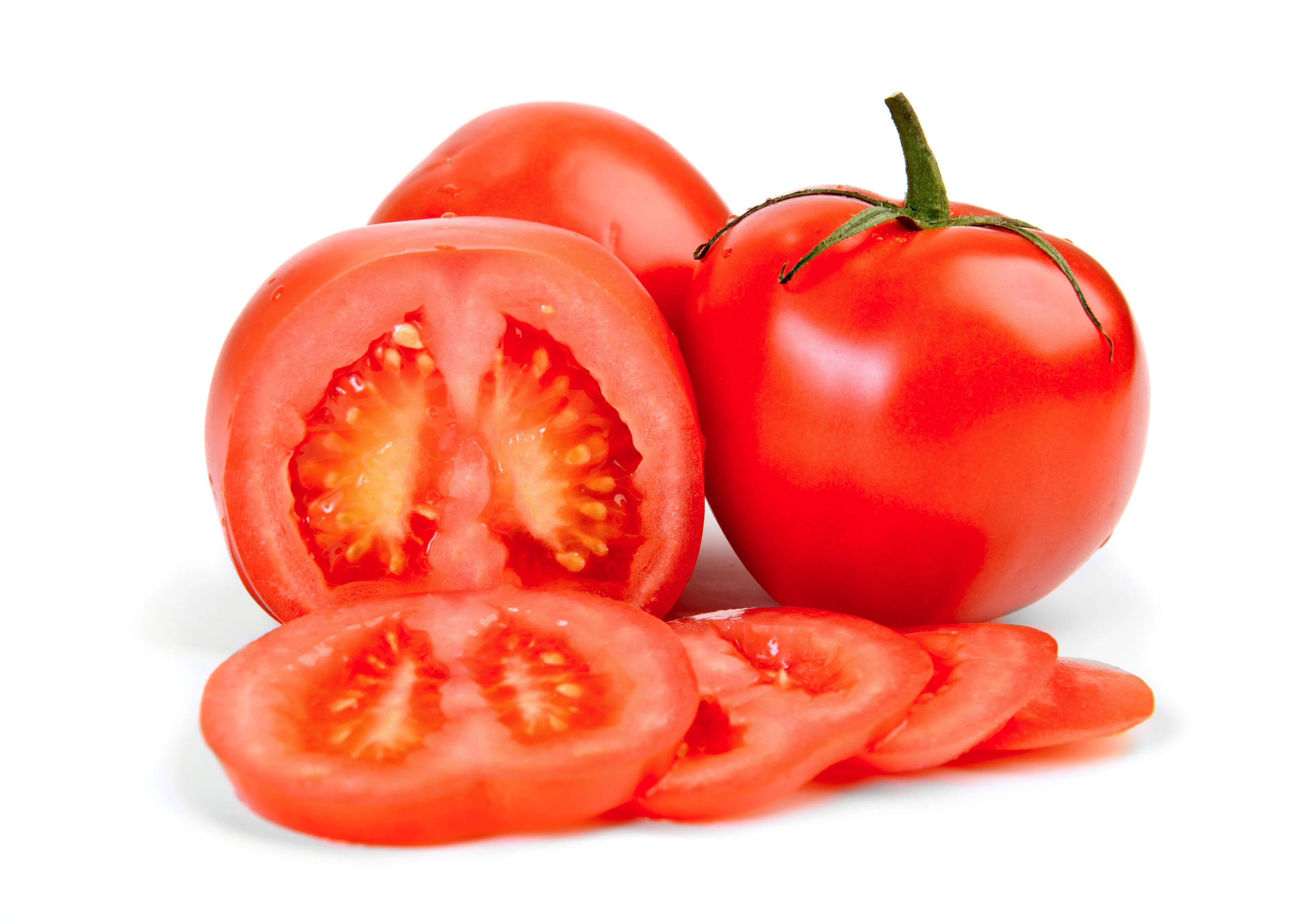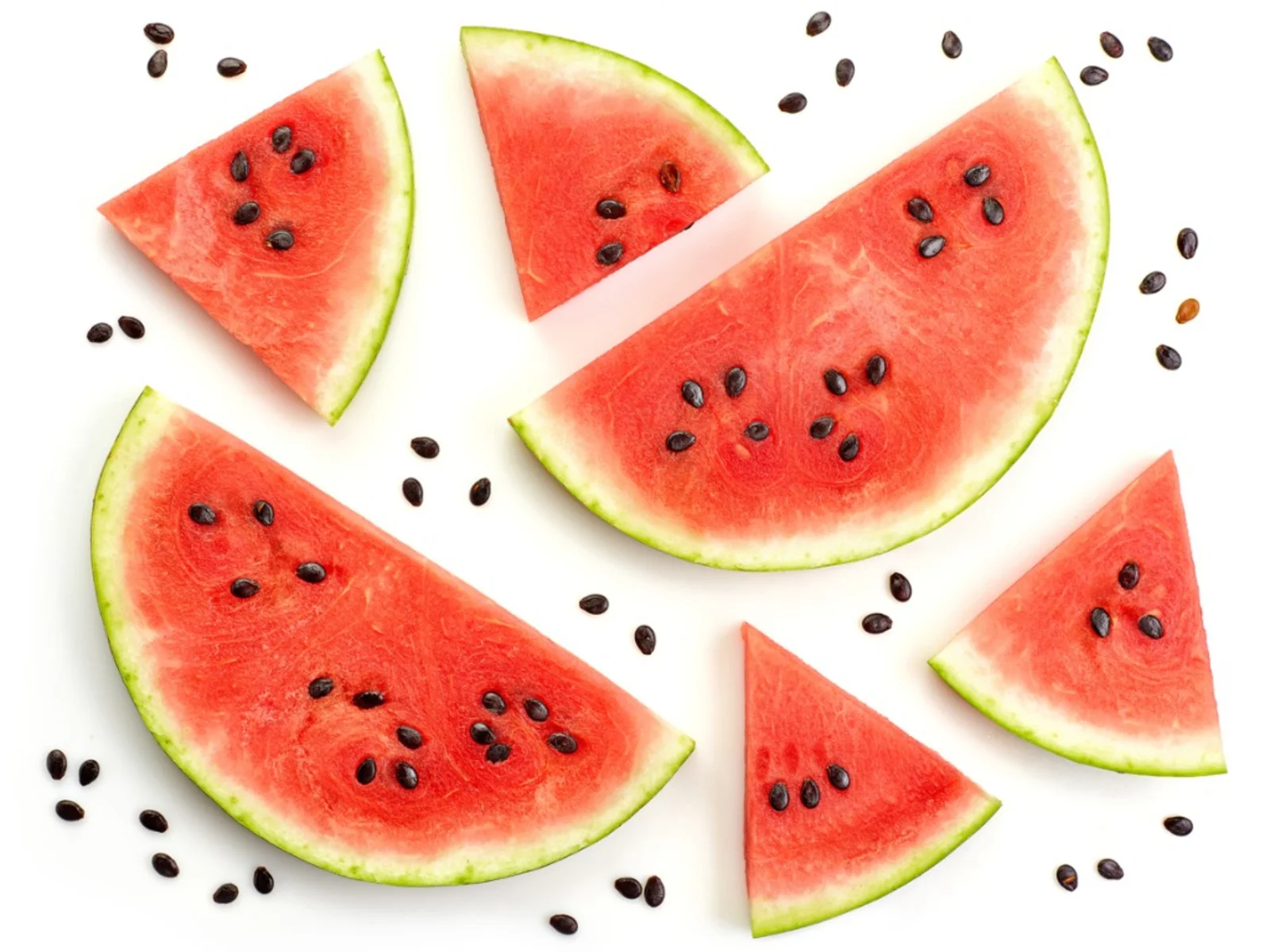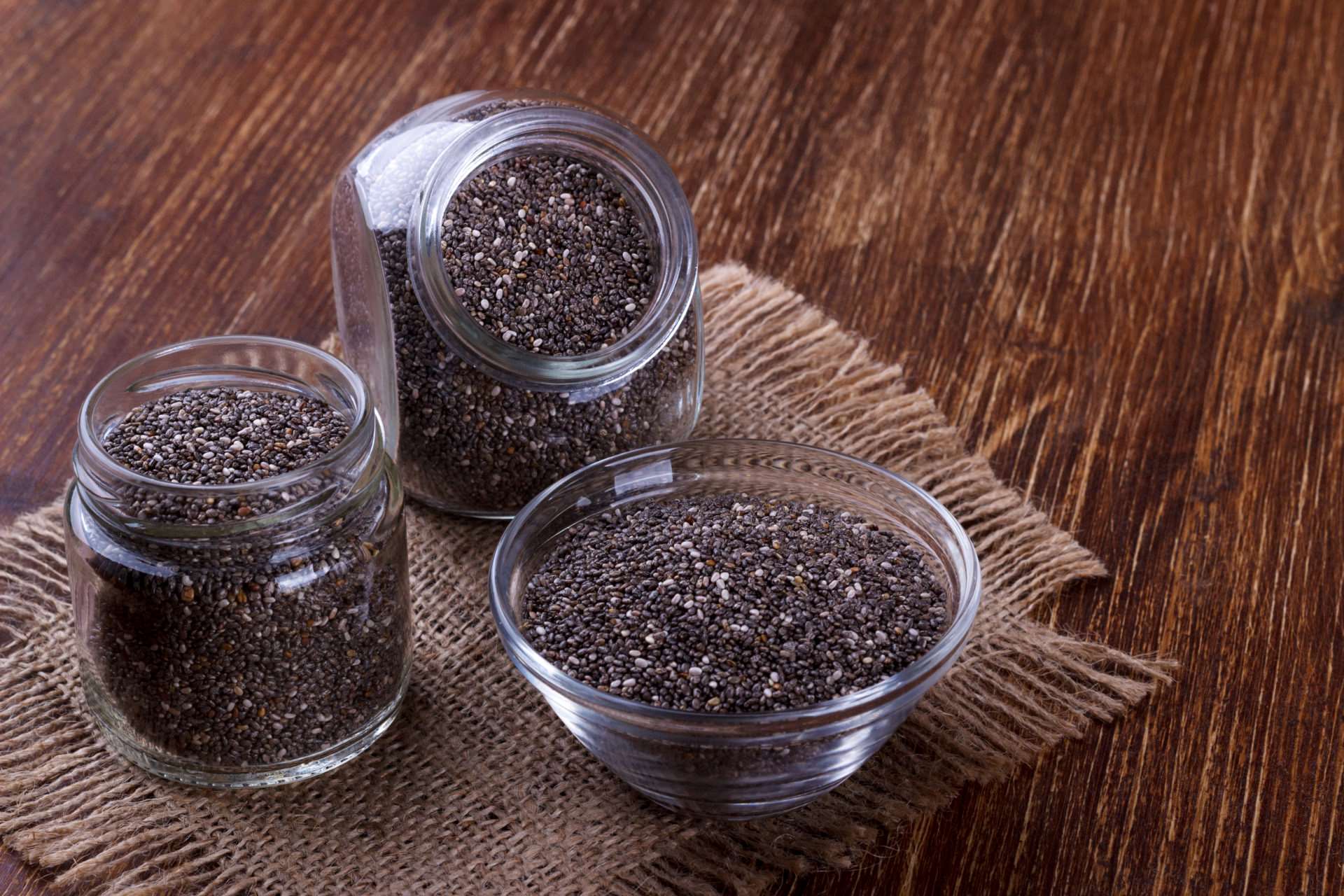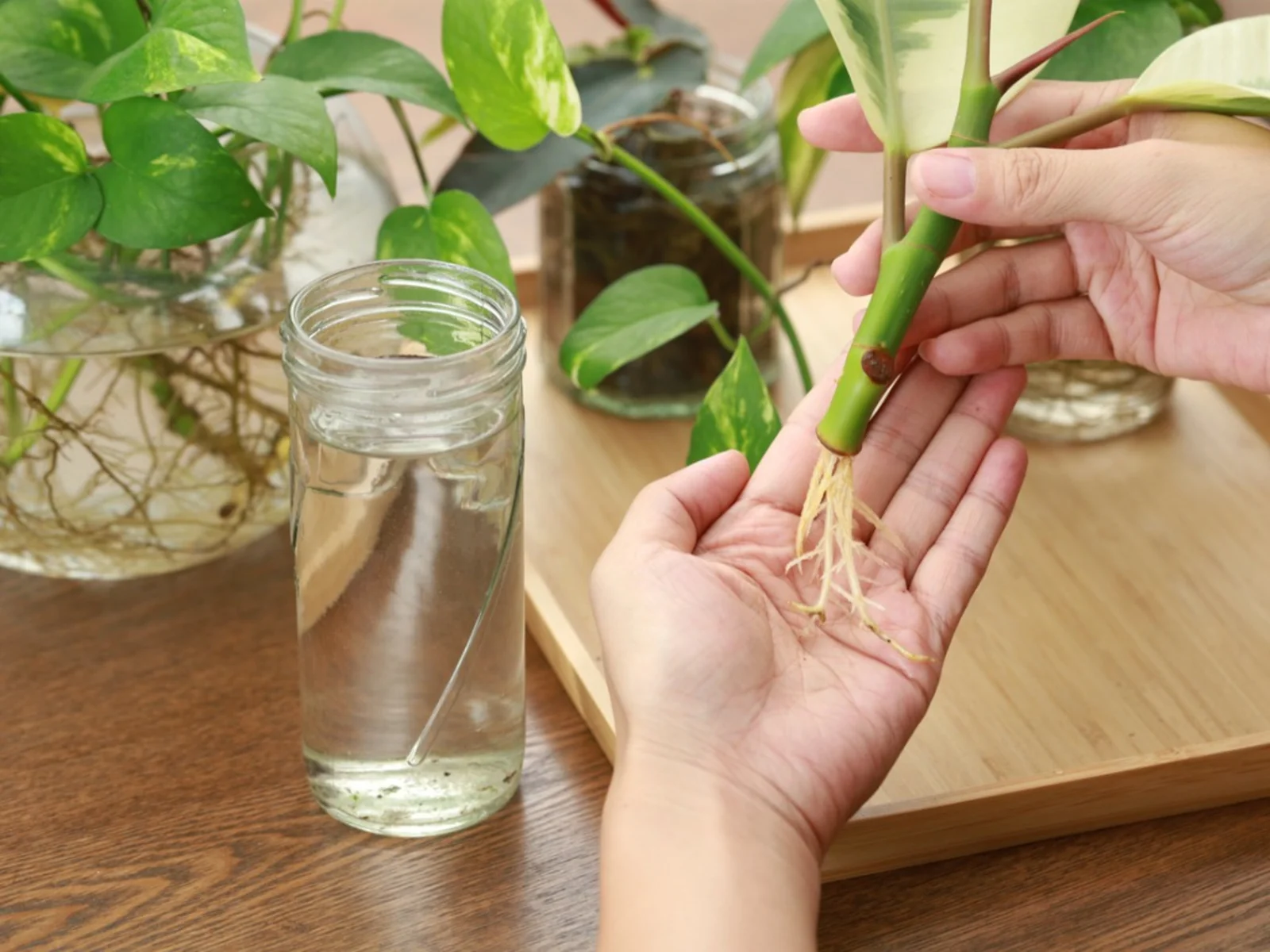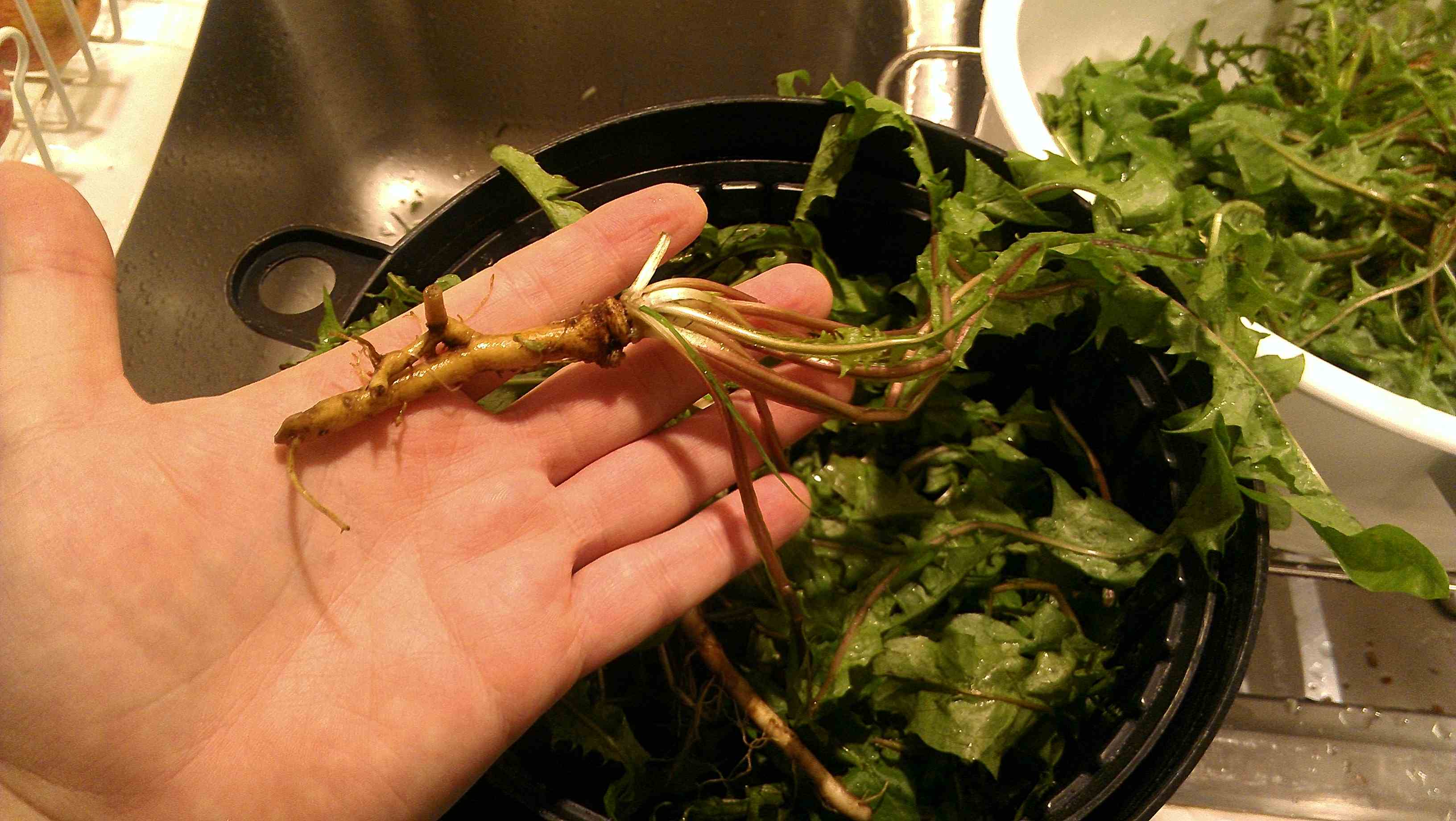Home>Types of Gardening>Edible Gardening>What Seeds Should You Soak Before Planting
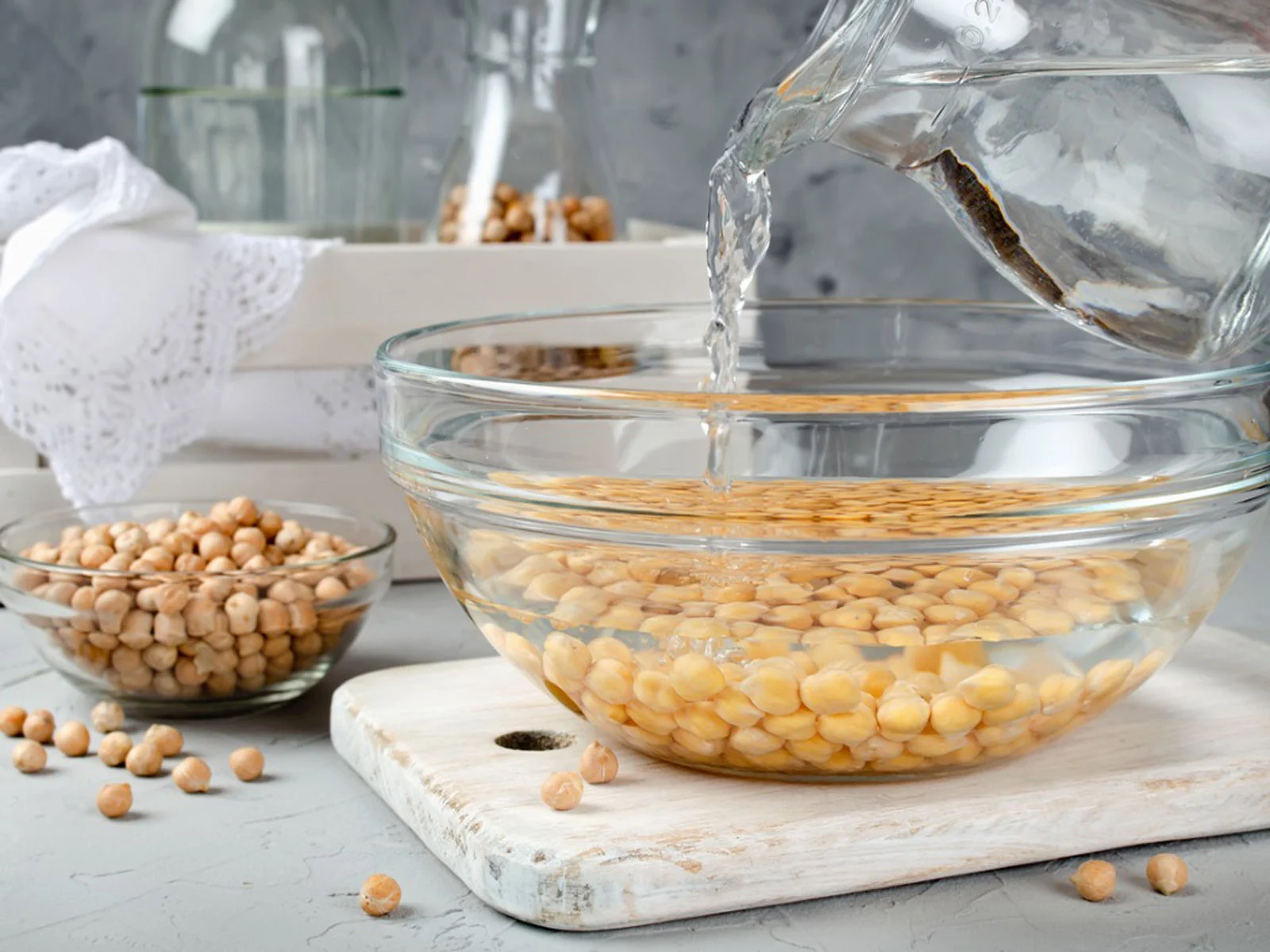

Edible Gardening
What Seeds Should You Soak Before Planting
Modified: January 22, 2024
Maximize the success of your edible gardening by soaking the right seeds before planting. Discover which seeds benefit from soaking and improve your gardening results.
(Many of the links in this article redirect to a specific reviewed product. Your purchase of these products through affiliate links helps to generate commission for Chicagolandgardening.com, at no extra cost. Learn more)
Table of Contents
Introduction
Edible gardening is a rewarding and fulfilling endeavor that allows you to grow your own fresh and nutritious food. Whether you have a spacious backyard or a tiny balcony, you can cultivate a variety of fruits, vegetables, and herbs to enjoy the flavors of homegrown produce.
One essential aspect of edible gardening is proper seed preparation. While many gardeners are familiar with sowing seeds directly into the soil, soaking seeds before planting can offer numerous benefits. Seed soaking involves immersing seeds in water to stimulate germination and enhance their chances of successfully sprouting into healthy plants.
In this article, we will explore the advantages of seed soaking and discuss which seeds should be soaked before planting. We will also provide a step-by-step guide on how to soak seeds properly and offer some important factors to consider during the soaking process.
So, whether you are a beginner or an experienced gardener looking to improve your results, read on to discover the secrets of successful seed soaking and take your edible gardening to the next level!
Benefits of Seed Soaking
Seed soaking offers several advantages for gardeners, helping to increase the overall success rate of seed germination. Here are some key benefits of soaking seeds before planting:
- Improved germination: Soaking seeds can break down the seed coat and soften the protective layers, making it easier for moisture to penetrate and trigger the germination process. This results in faster and more consistent germination rates.
- Increased seed viability: Some seeds, especially older ones or those from wild plants, may have low germination rates. Soaking these seeds can help revive their viability by providing the necessary moisture and nutrients to kickstart the germination process.
- Enhanced root growth: When seeds are soaked, they absorb water and begin to swell. This hydration initiates essential metabolic processes, such as the production of enzymes and hormones, which promote vigorous root development. Stronger roots lead to healthier and more resilient plants.
- Reduced seedling mortality: By soaking seeds before planting, you can minimize the risk of seedling mortality. The pre-soaking process helps identify seeds that are unlikely to germinate, allowing you to discard them before wasting time and effort on unproductive seeds.
- Shortened germination time: Soaking seeds can significantly reduce the time it takes for them to germinate. By softening the seed coat and jumpstarting the germination process, you can enjoy quicker results and get your garden growing faster.
By taking advantage of these benefits, you can greatly improve your edible gardening endeavors and increase your chances of growing strong and healthy plants. So don’t overlook the power of seed soaking in achieving gardening success!
Seeds That Should Be Soaked Before Planting
While not all seeds require soaking before planting, some varieties greatly benefit from this pre-planting process. Here are a few types of seeds that should be soaked before planting:
- Large seeds: Seeds with a hard outer coating, such as beans, peas, and corn, can benefit from soaking. The soaking process softens the seed coat, making it easier for the roots to emerge and preventing potential germination difficulties.
- Thick-skinned seeds: Seeds with thick and tough outer layers, like sunflowers and nasturtiums, can benefit from soaking to aid in moisture absorption. These seeds often have a prolonged germination period, but soaking can help speed up the process.
- Seeds with long germination times: Some seeds, such as carrots and parsley, have naturally long germination periods. Soaking these seeds can help kickstart the germination process and improve the overall success rate.
- Old or dormant seeds: If you have saved seeds from previous years or acquired seeds that have been in storage for a while, they may have reduced viability. Soaking old or dormant seeds can help revive their vitality and increase the chances of successful germination.
- Seeds with hard seed coats: Certain seeds, such as morning glories and sweet peas, have hard seed coats that need to be softened before germination can occur. Soaking these seeds in water can help break down the hard coating and promote successful sprouting.
Remember, not all types of seeds require soaking, and some may even be negatively affected by it. Always refer to the seed packet or consult reliable gardening resources for specific instructions on seed soaking for different plant varieties.
Now that you know which seeds benefit from soaking, let’s explore how to properly soak seeds and maximize their germination potential.
How to Soak Seeds
Soaking seeds before planting is a simple process that can greatly enhance their germination rate. Follow these steps to soak your seeds effectively:
- Select the right container: Choose a container that is deep enough to hold the seeds and allow for water to cover them adequately. It should also have drainage holes to prevent waterlogged conditions.
- Clean the container: Ensure that the container is clean and free from any debris or contaminants that could negatively affect the seeds.
- Add water: Fill the container with room temperature water. Use enough water to fully submerge the seeds.
- Soak the seeds: Place the seeds in the container of water. Allow them to soak for the recommended time, which can vary depending on the seed type (usually 4-12 hours).
- Check for sinking seeds: Some seeds may float on the surface of the water. Discard any floating seeds, as they may be non-viable.
- Drain the water: Once the soaking time is complete, pour out the water using the drainage holes. Be careful not to lose any seeds during this process.
- Rinse the seeds: Rinse the soaked seeds with fresh water to remove any remaining residue or impurities.
- Plant immediately: After rinsing, plant the soaked seeds according to the recommended planting depth and spacing for the particular plant variety.
- Keep the seeds moist: Throughout the germination process, ensure that the soil remains consistently moist to provide the optimal conditions for seed sprouting and growth.
By following these steps, you can effectively soak your seeds to improve germination rates and set your edible garden up for success. Remember to adjust the soaking time based on the specific requirements of each seed variety to maximize their potential.
Factors to Consider When Soaking Seeds
While seed soaking can be beneficial for many plant varieties, there are several important factors to consider to ensure successful results. Take these factors into account when soaking your seeds:
- Seed-specific soaking times: Different seeds have varying soaking requirements. Some seeds need only a few hours of soaking, while others may require longer periods. Refer to the seed packet or reliable gardening resources for specific instructions on soaking times for each seed variety.
- Water temperature: Most seeds benefit from being soaked in room temperature water. Avoid using hot water, as it can damage the seeds, and cold water, which may slow down the soaking process.
- Adequate water depth: Ensure that there is enough water in the container to fully submerge the seeds. This allows for proper hydration and activation of the germination process. However, be cautious not to over-soak the seeds, as excessive soaking can lead to rotting or fungal issues.
- Seed viability: Soaking seeds is most effective when working with viable seeds. Check the seed quality and discard any damaged or non-viable seeds to optimize germination success.
- Seed cleanliness: It’s crucial to start with clean, pest-free seeds. If you saved seeds from your own plants, ensure they are free from debris or disease. If acquiring seeds from other sources, choose reputable suppliers to minimize the risk of introducing pests or pathogens into your garden.
- Moisture control: After soaking, make sure to drain off excess water and plant the seeds promptly. Excess moisture can lead to fungal diseases and rot. Additionally, maintain a consistent level of moisture throughout the germination process by watering gently and avoiding oversaturation.
- Seed storage: If you have soaked more seeds than you need, avoid storing them after soaking. The moisture may cause them to sprout prematurely, making them less viable for future planting.
Considering these factors will help you optimize the soaking process and increase the chances of successful seed germination. Remember to carefully observe the specific requirements of each seed type to ensure the best possible results for your edible garden.
Common Mistakes to Avoid When Soaking Seeds
While seed soaking can greatly benefit the germination process, there are some common mistakes that gardeners should avoid to ensure successful outcomes. Here are a few common mistakes to watch out for when soaking seeds:
- Over-soaking: Leaving seeds in water for too long can lead to waterlogged conditions and negatively impact their viability. Be sure to follow the recommended soaking times for each seed variety to avoid over-soaking.
- Using chlorinated water: Chlorine in tap water can inhibit seed germination. If using tap water, allow it to sit uncovered for 24 hours before soaking seeds. Alternatively, use filtered or distilled water to avoid any negative effects.
- Skipping the soak: Some gardeners may overlook the importance of seed soaking or assume it is unnecessary for certain types of seeds. While not all seeds require soaking, it is best to follow the recommended soaking methods for each seed to maximize germination success.
- Forgetting to rinse: After soaking seeds, it is crucial to rinse off any residue or impurities before planting. Failing to rinse the seeds could introduce contaminants or substances that inhibit germination or promote disease.
- Insufficient moisture control: Once seeds are planted, it’s essential to maintain consistent moisture levels. Allow the soil to dry out slightly between waterings, but avoid letting it become bone dry. Inconsistent moisture levels can hinder germination and seedling growth.
- Ignoring specific seed requirements: Different seeds have unique needs, including soaking times, temperature preferences, and planting depths. Neglecting to cater to these specific requirements can hamper their germination and overall growth.
- Using poor-quality seeds: The success of seed soaking and germination heavily depends on the quality of the seeds themselves. Always opt for fresh, high-quality seeds from reputable sources to ensure optimal results.
By avoiding these common mistakes, you can significantly improve the outcomes of your seed soaking efforts and increase the chances of successful seed germination in your edible garden.
Conclusion
Seed soaking is a valuable technique for enhancing the success of seed germination in edible gardening. By taking the time to soak certain seeds before planting, you can improve germination rates, stimulate root growth, and increase overall seed viability. Through the soaking process, hard seed coats are softened, leading to faster and more consistent germination.
When it comes to seed soaking, it’s important to consider the specific requirements of each seed variety. Some seeds, such as beans and peas, benefit from soaking, while others may not need it or can be negatively impacted. Factors such as soaking time, water temperature, and seed cleanliness should be considered to ensure the best results.
Avoiding common mistakes is crucial for successful seed soaking. By following the recommended soaking times, using clean water, and maintaining proper moisture levels, you can maximize germination and seedling survival rates. Additionally, using high-quality seeds and adhering to specific seed requirements contribute to the overall success of seed soaking.
So, whether you’re a novice gardener or have years of experience, don’t overlook the power of seed soaking in your edible gardening journey. Experiment with different varieties, follow the recommended soaking methods, and watch as your garden flourishes with strong and healthy plants.
Get ready to witness the magic of seed soaking as you transform your edible garden into a bountiful oasis of fresh and flavorful produce!
